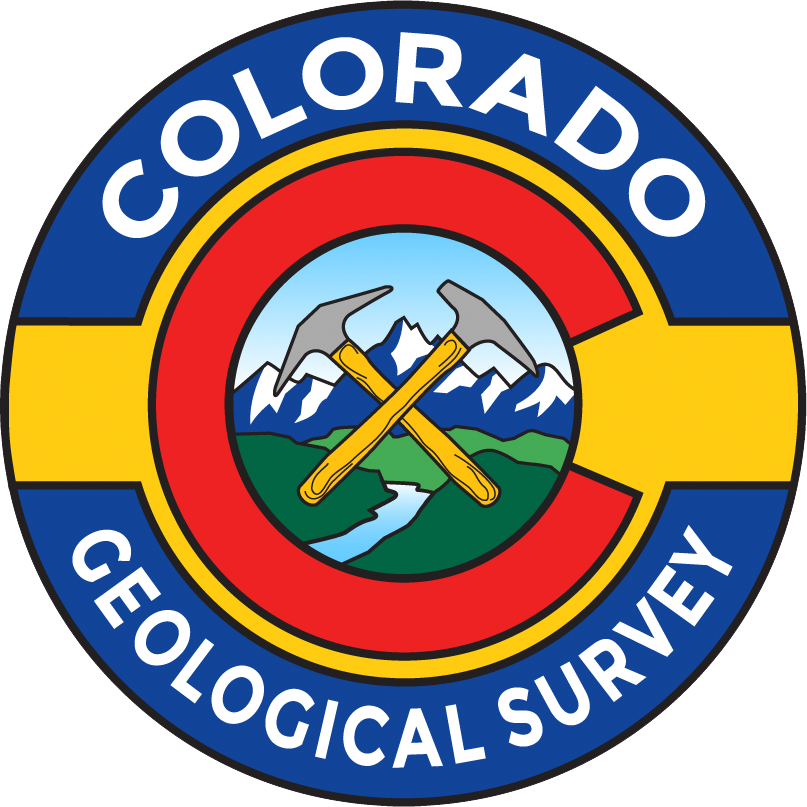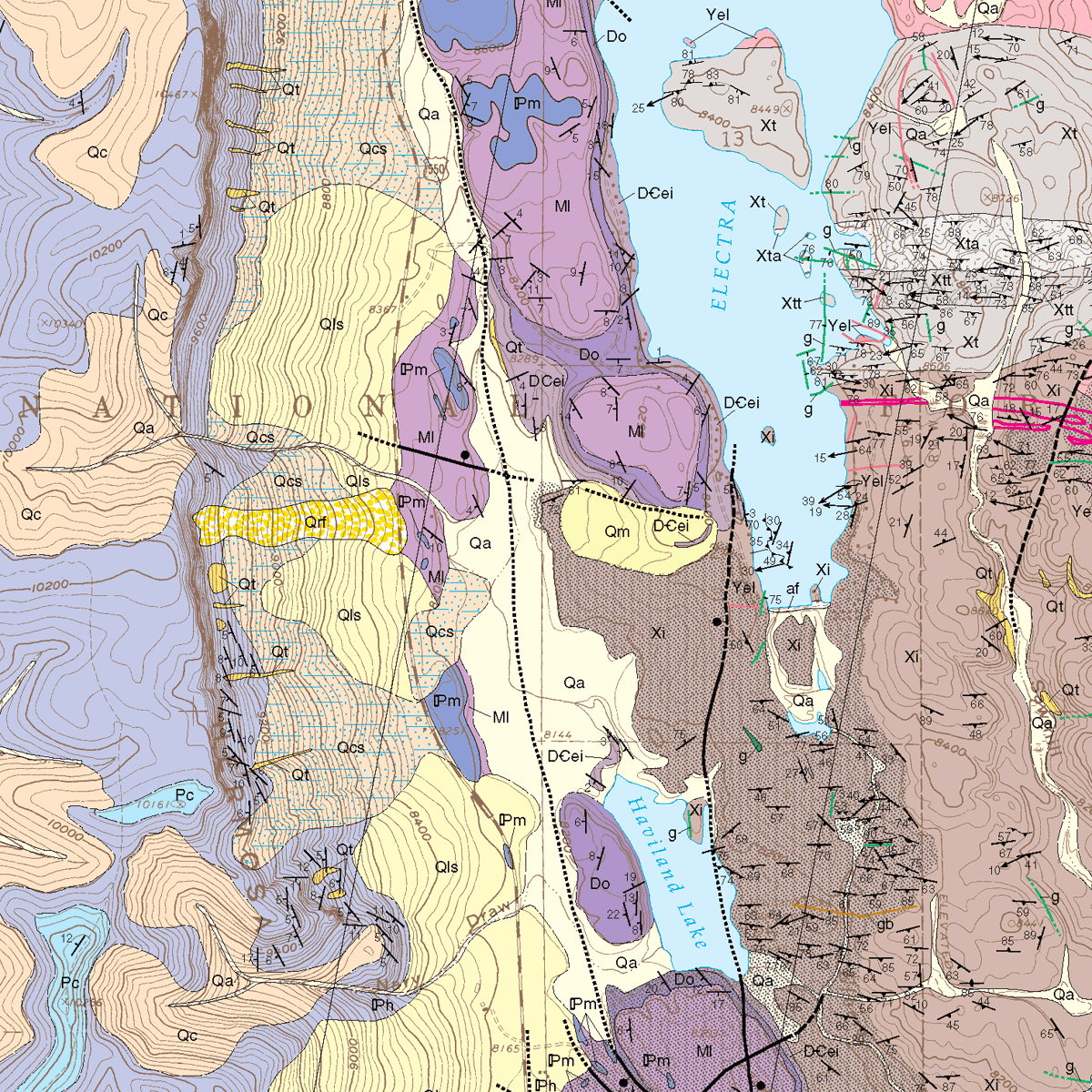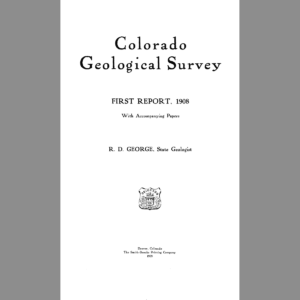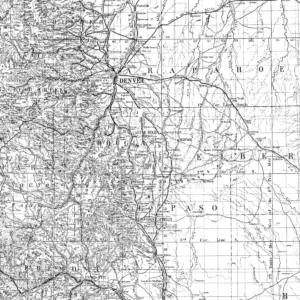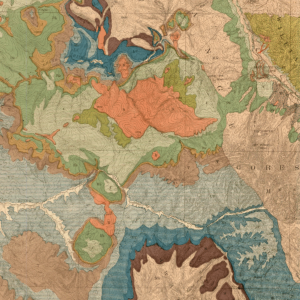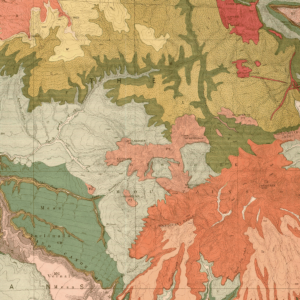Description
Describes the geologic setting, structural geology, thermal springs, and mining history of this 7.5-minute quad located north of Durango. Includes geologic setting, unit descriptions, structural geology, prospects and mines, correlation of map units, oblique view and accompanying cross-sections. 1:24,000. 29-page booklet accompanies the map. Digital PDF download. OF-03-21D
From the Author’s Notes:
The Electra Lake 7.5-minute quadrangle includes about 60 square miles of chiefly mountainous terrain within the northern part of La Plata County in southwestern Colorado. The west and east boundaries of the quadrangle lie at longitudes of 107° 52′ 30″ W and 107° 45′ 00″ W, respectively. The south margin of the map is at latitude 37° 30′ 00″ N and the north margin is at latitude 37° 37′ 30″ N. The southern margin of the quadrangle lies about 20 miles north of the city of Durango. The quadrangle lies near the transition of the east-central part of the Colorado Plateau physiographic province and western edge of the Southern Rocky Mountains (Fenneman, 1931). The terrain in the mapping area varies from an elevation of about 7,000 ft above sea level along the Animas River to the rugged surrounding mountainous terrain, where the elevation is more than 10,000 ft above sea level. The Animas River, a major south-flowing river that drains much of the southwestern San Juan Mountains, flows across the quadrangle from north to south along the eastern margin. Nearly 3,000 ft of rock record that spans about 2 billion years of geologic time is exposed in the quadrangle.
The mountains within the map area form part of the southern flank of the Laramide San Juan uplift, which has a core of 1,800 to 1,400 million-year-old Proterozoic crystalline rocks mantled by south-dipping strata of Paleozoic to Mesozoic sedimentary rock units (Figs. 2 and 4). Phanerozoic strata on the south flank of the dome define the northern margin of the San Juan Basin.
The oldest rocks in the map area are exposed in the precipitous walls of the Animas River canyon. Proterozoic rocks in the Electra Lake quadrangle include 1,800-million-year-old metamorphosed volcanic arc rocks of the Irving Formation and 1,780- to 1,760-million-year-old metamorphosed intermediate to mafic plutonic rocks of the Twilight Gneiss (Gonzales, 1997). The Irving Formation and Twilight Gneiss underwent amphibolite facies metamorphism and multiple phases of deformation prior to emplacement of plutonic igneous rocks of the 1,700- million-year-old Bakers Bridge Granite, 1,400-million- year-old Eolus Granite and Electra Lake Gabbro, and swarms of Proterozoic mafic dikes whose absolute age is uncertain. The Irving Formation, Twilight Gneiss, Bakers Bridge Granite, Eolus Granite, and Electra Lake Gabbro form the eroded basement on which Paleozoic sedimentary rocks were deposited in marine to continental environments. The Animas River and its tributaries, assisted by intense glacial erosion, have carved the deep canyons and steep ridges in the map area, producing the spectacular landscape seen today.
